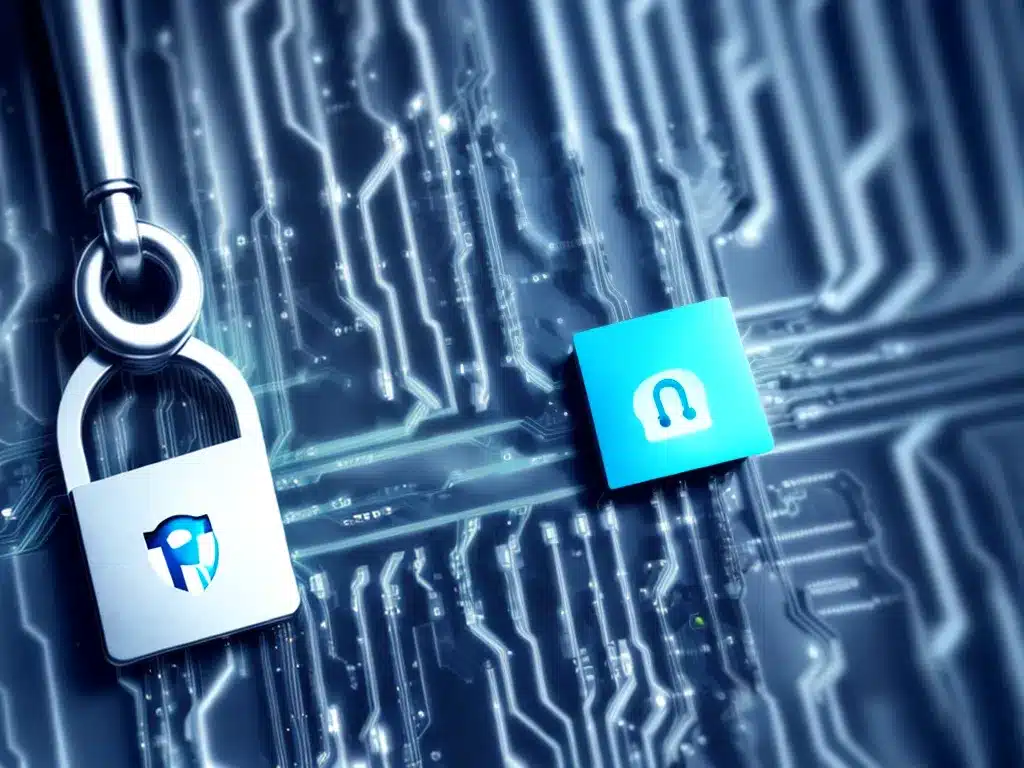
Securing Your Data In Transit: Encryption, VPNs and HTTPS Explained
When I browse the web or use apps on my devices, I want to make sure my data is secure. Encryption, VPNs, and HTTPS are essential technologies for securing data in transit that every internet user should understand.
What is Encryption and How Does it Work?
Encryption is the process of encoding data or information so that only authorized parties can access it. The original data, called plaintext, is encrypted using an encryption algorithm and an encryption key. This produces encrypted data, called ciphertext. Only users with the right decryption key can turn that ciphertext back into plaintext and read the original data.
Encryption protects data confidentiality and integrity. It prevents unauthorized access and stops data from being altered without detection. There are many different encryption algorithms, but most modern methods rely on techniques like public-key cryptography and symmetric-key cryptography.
-
Public-key cryptography uses two keys – a public key for encryption and a private key for decryption. This allows open sharing of the public key while the private key remains secret.
-
Symmetric-key cryptography uses the same shared secret key for both encryption and decryption. This requires securely transmitting the shared key to communicating parties.
No encryption method is unbreakable, but modern algorithms like AES and RSA are considered computationally infeasible to crack with current technology. Proper key management is crucial.
What is a VPN and Why Should I Use One?
A Virtual Private Network (VPN) extends a private network across a public one like the internet. It establishes an encrypted tunnel for data transmission between your device and the VPN server.
Using a VPN provides several key benefits:
-
Privacy – It hides your IP address and online activity from the sites you visit.
-
Security – It encrypts traffic between your device and the VPN server. This protects against eavesdropping and man-in-the-middle attacks on public Wi-Fi.
-
Access – It allows accessing restricted content and websites blocked in certain regions.
-
Anonymity – It prevents trackers and advertisers from monitoring your browsing habits.
There are many paid and free VPN services to choose from. Look for ones that offer robust encryption, a strict no logging policy, and servers in your desired locations. I personally use NordVPN and ProtonVPN for their reliability and privacy protections.
What is HTTPS and Why is it Important?
HTTPS stands for Hypertext Transfer Protocol Secure. The S means it uses encrypted communication.
Here’s how it works:
-
Your browser requests access to a web page secured by HTTPS.
-
The web server sends back its SSL certificate which contains its public key for encryption.
-
Your browser checks this certificate is valid and trusted.
-
Your browser then generates a symmetric session key and encrypts it with the server’s public key. This encrypted session key is sent to the server.
-
The server decrypts the session key using its private key.
-
The browser and server now encrypt all transmitted data using the session key.
This establishes a secure, encrypted channel protecting your web browsing against eavesdropping and tampering. I strongly recommend accessing all sites using HTTPS whenever possible. Look for the padlock icon and https:// in the URL.
HTTPS prevents cybercriminals from stealing sensitive information like passwords, financial data, and emails transmitted over the web. It also verifies you are connected to the legitimate website and not an imposter.
Conclusion
Encryption, VPNs, and HTTPS are essential for securing your data as you browse and communicate online. Understanding the protections they offer allows you to better safeguard your privacy and transactions. I encourage everyone to use encrypted apps, secure VPN connections, and stick to HTTPS websites. In today’s threat landscape, these tools provide indispensable security.












